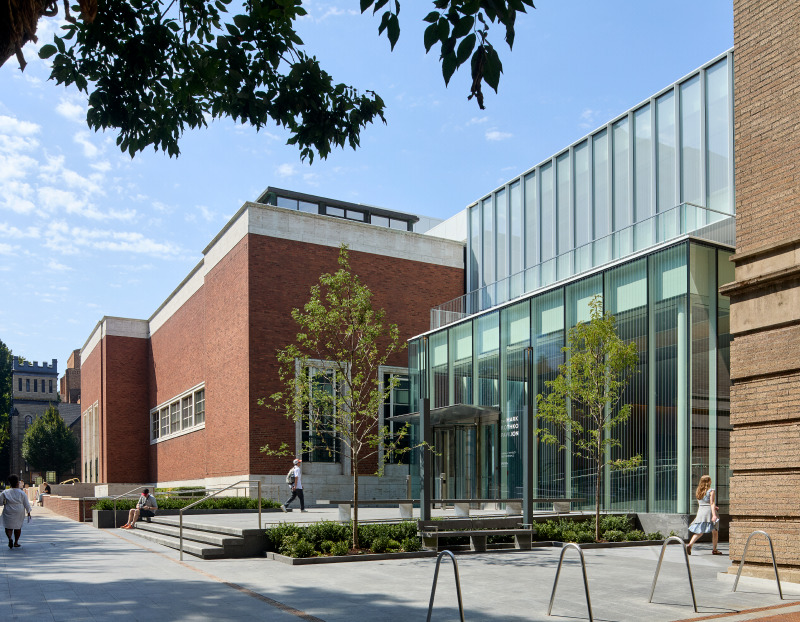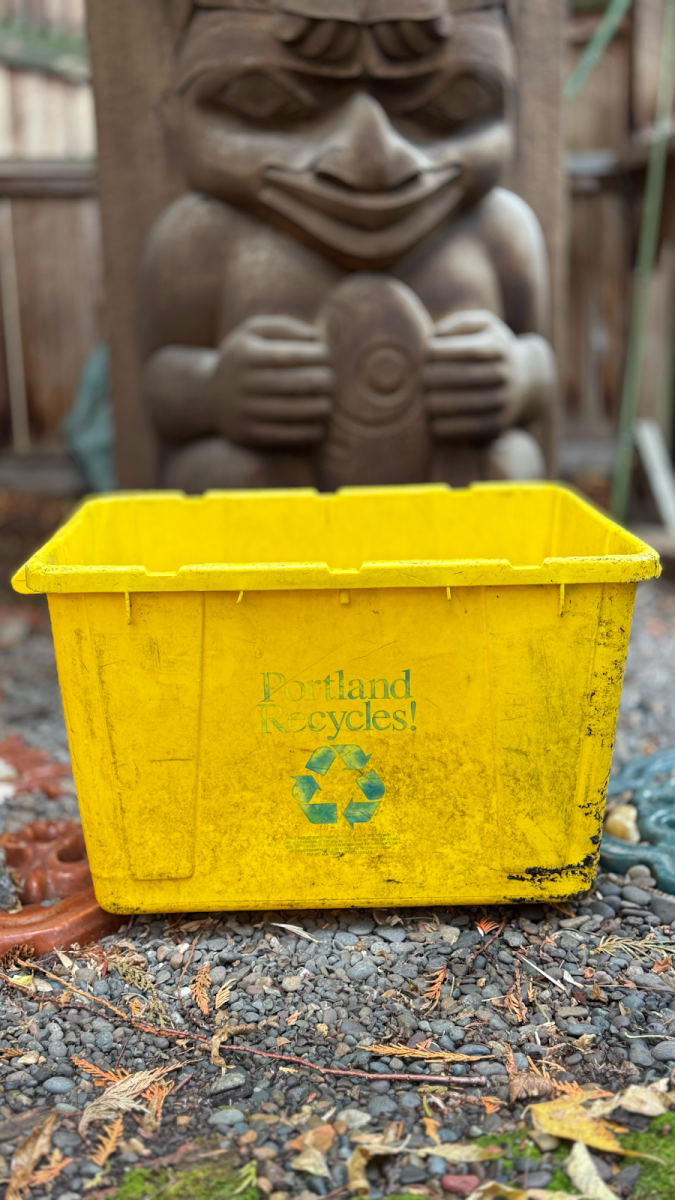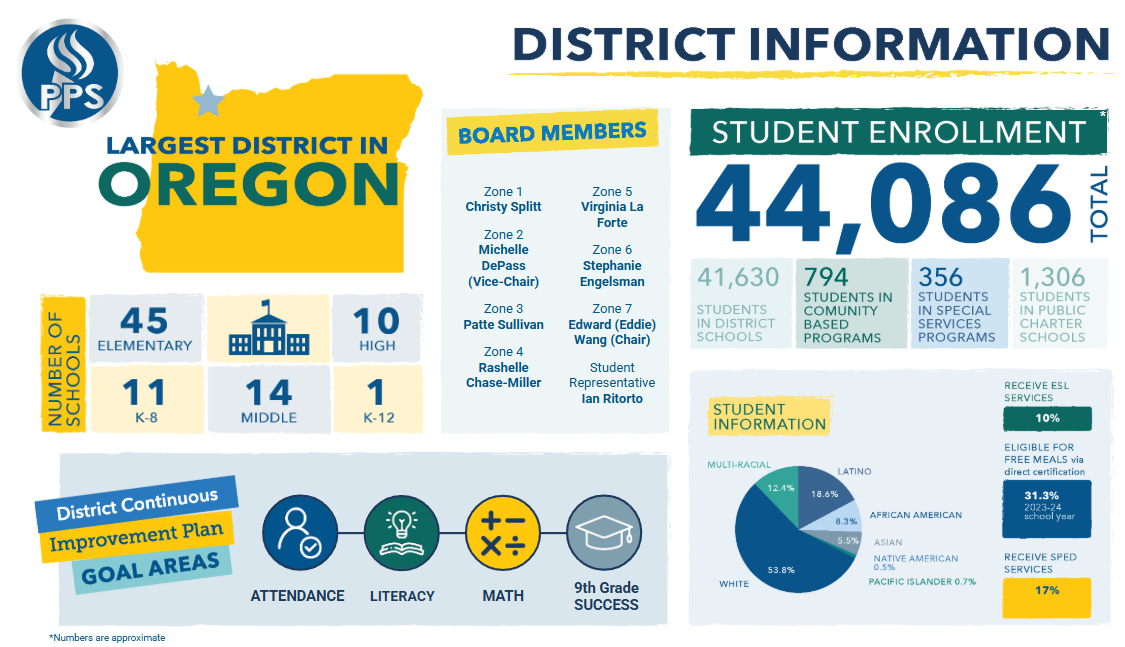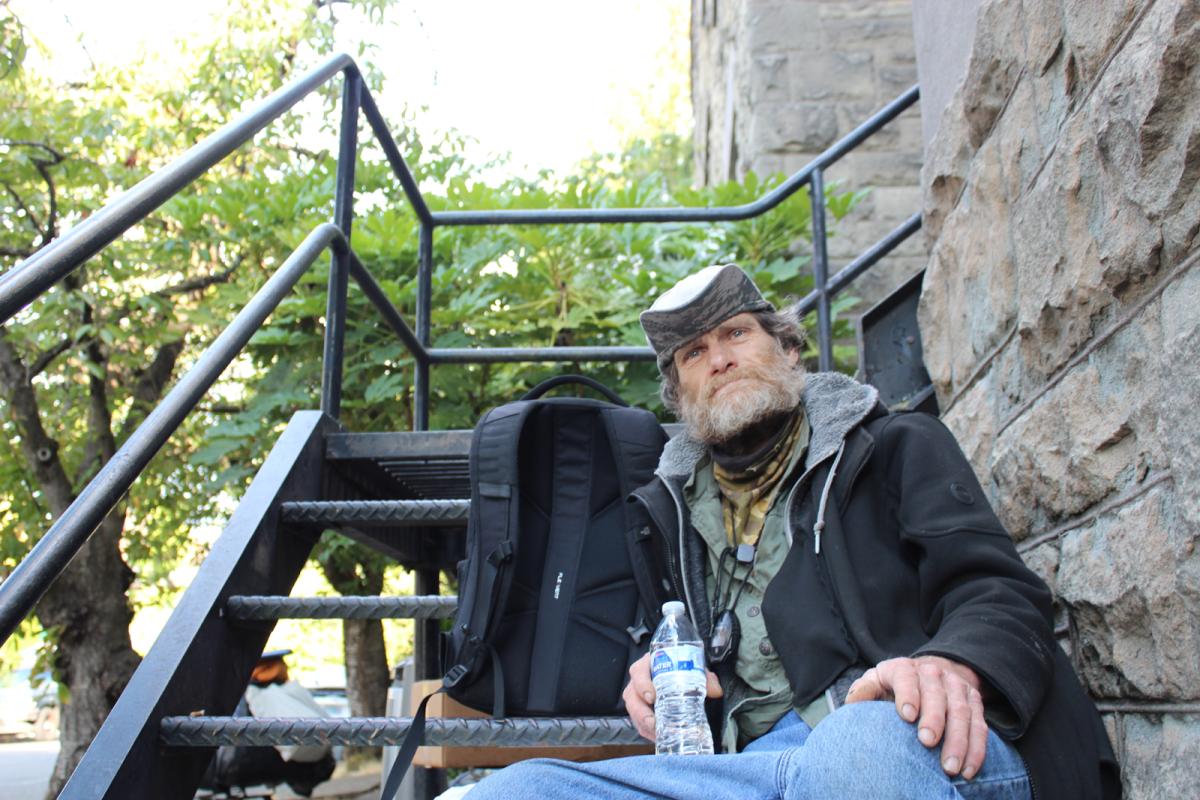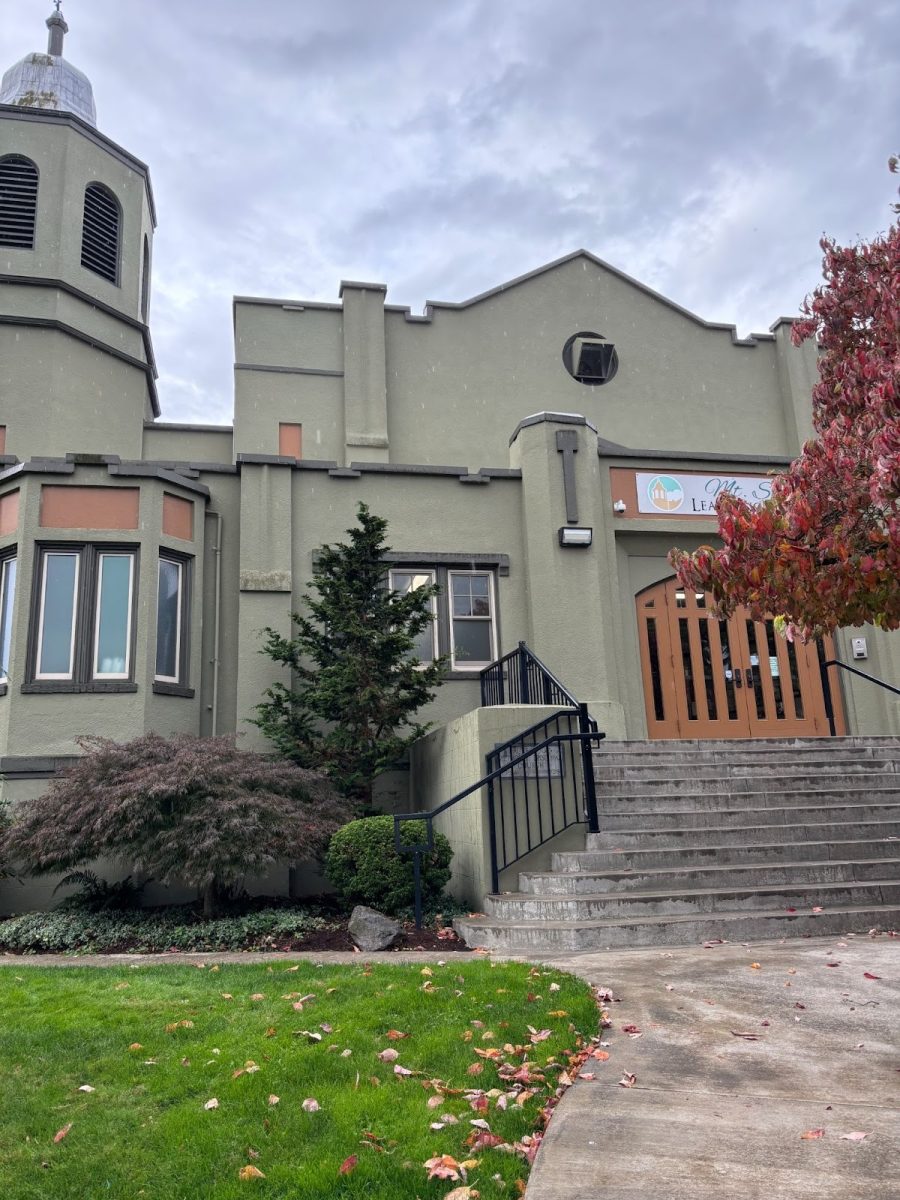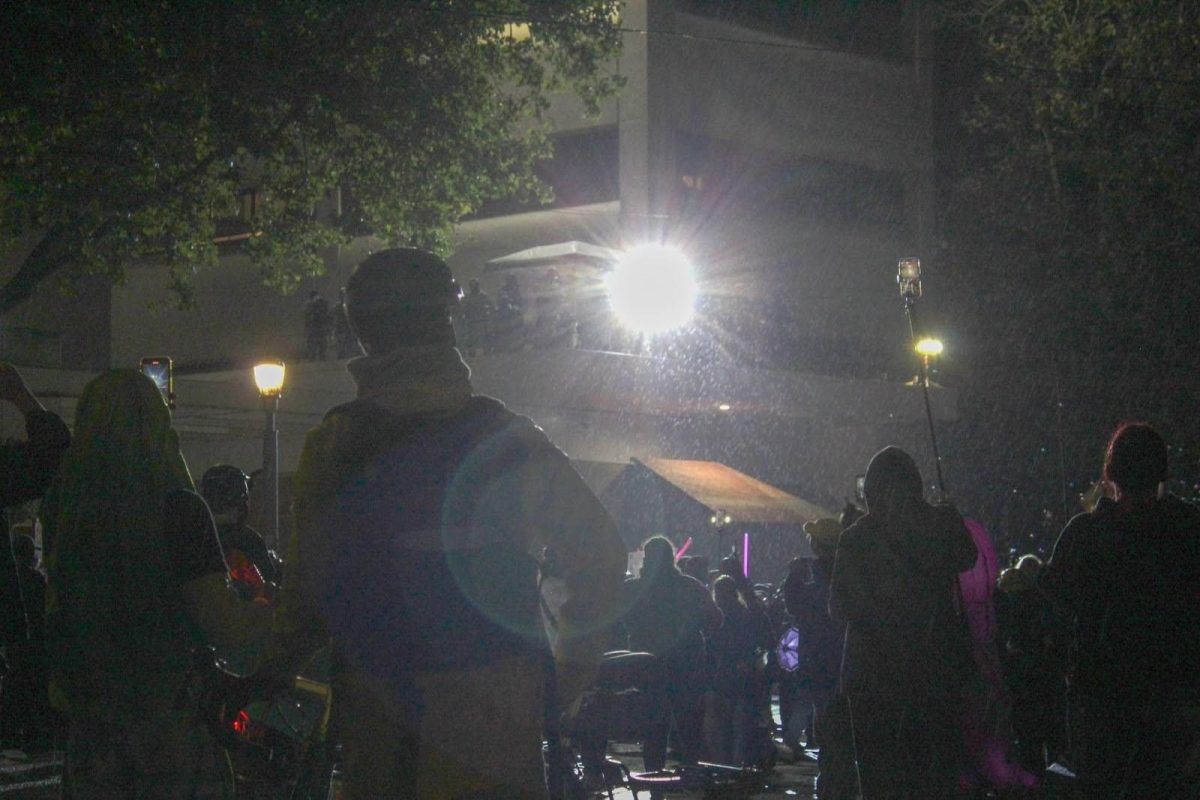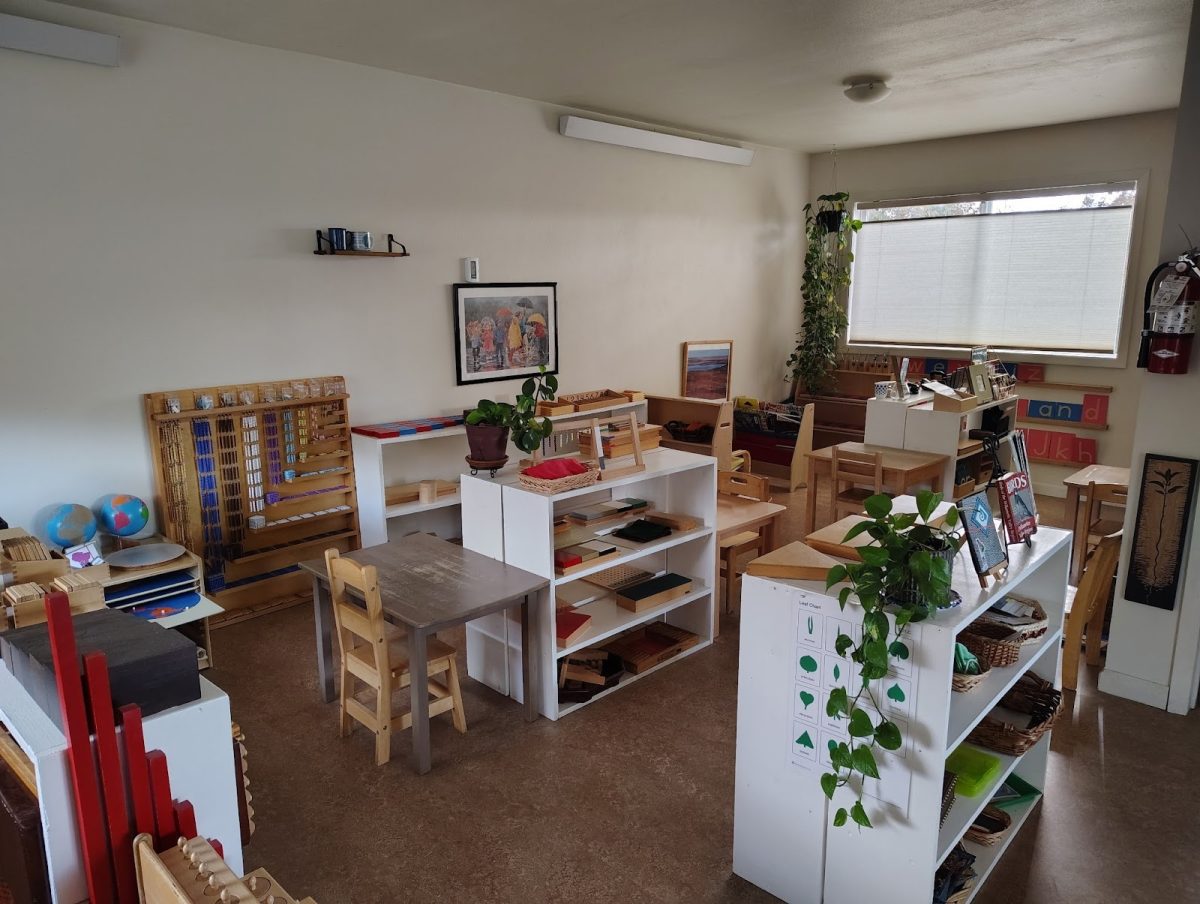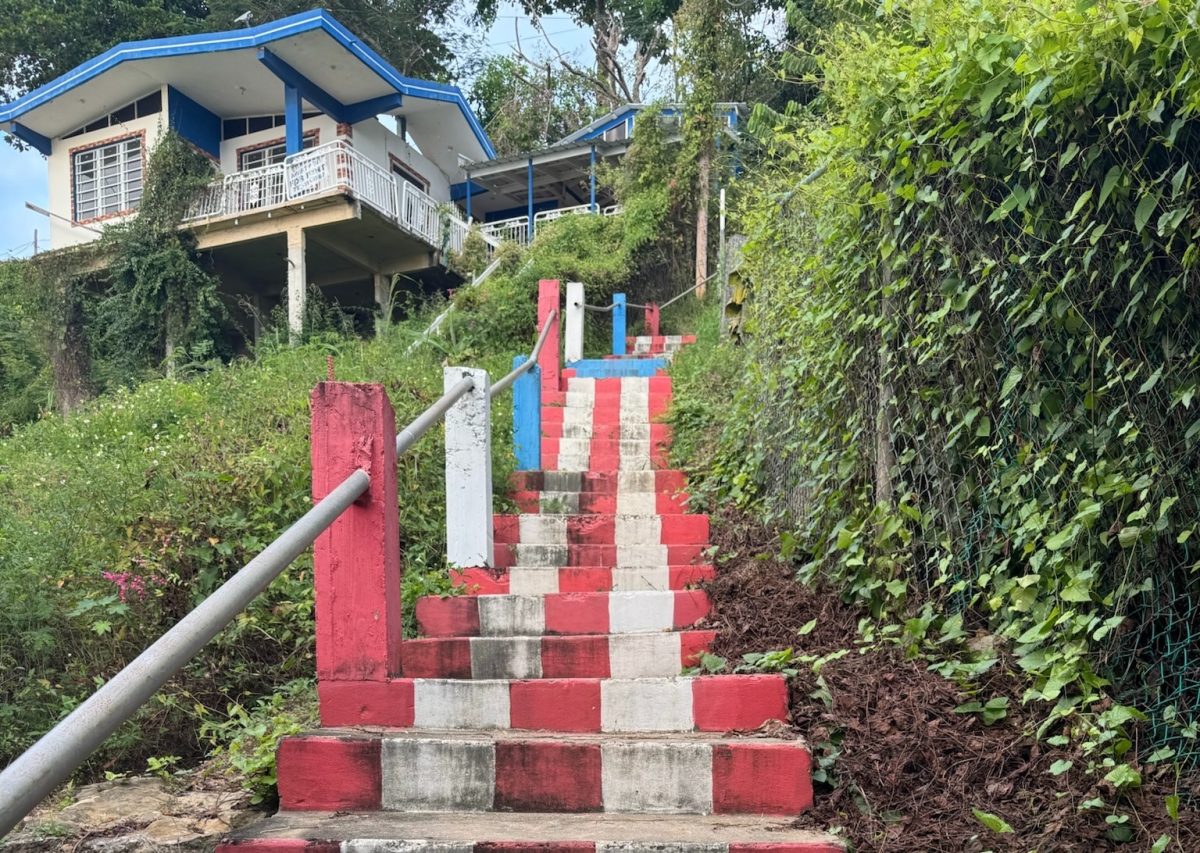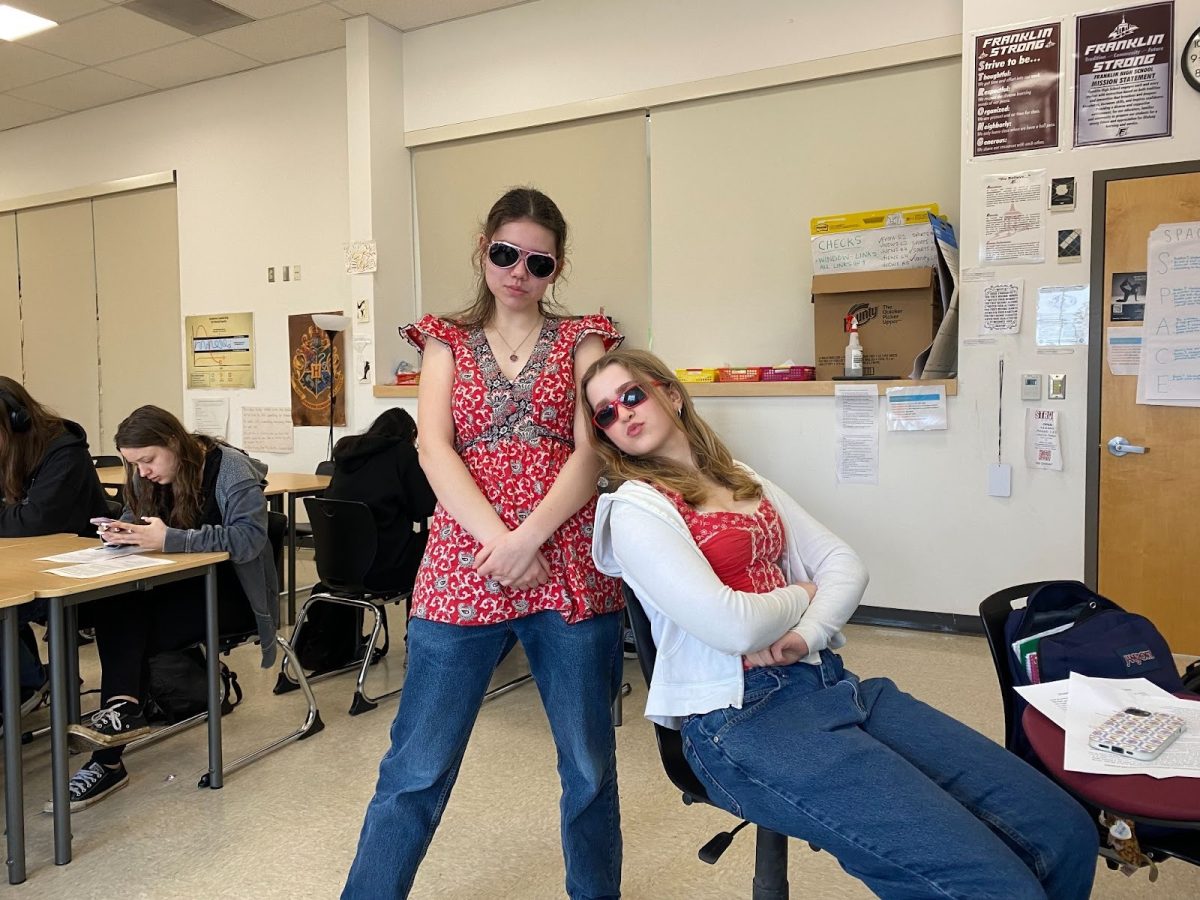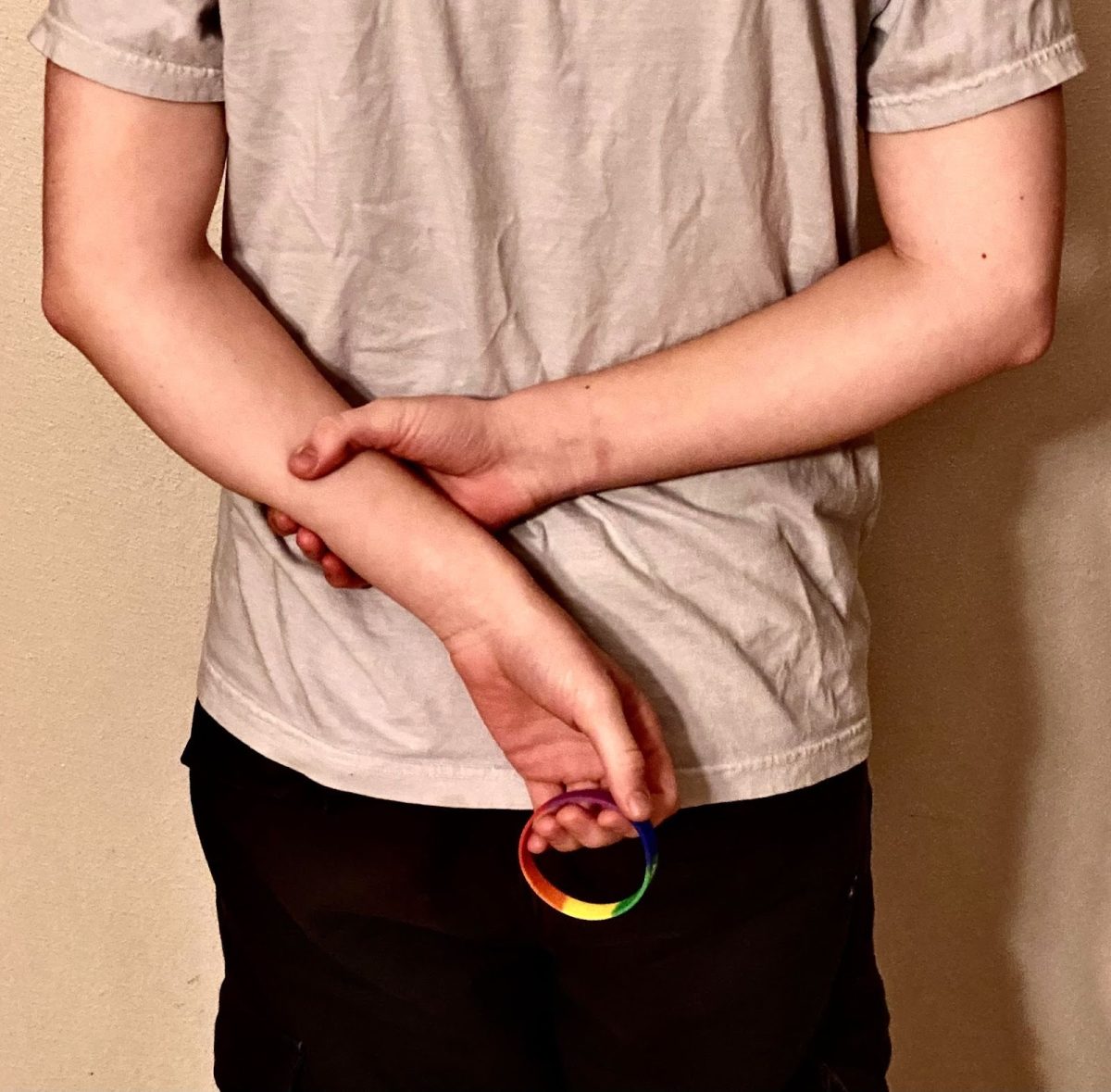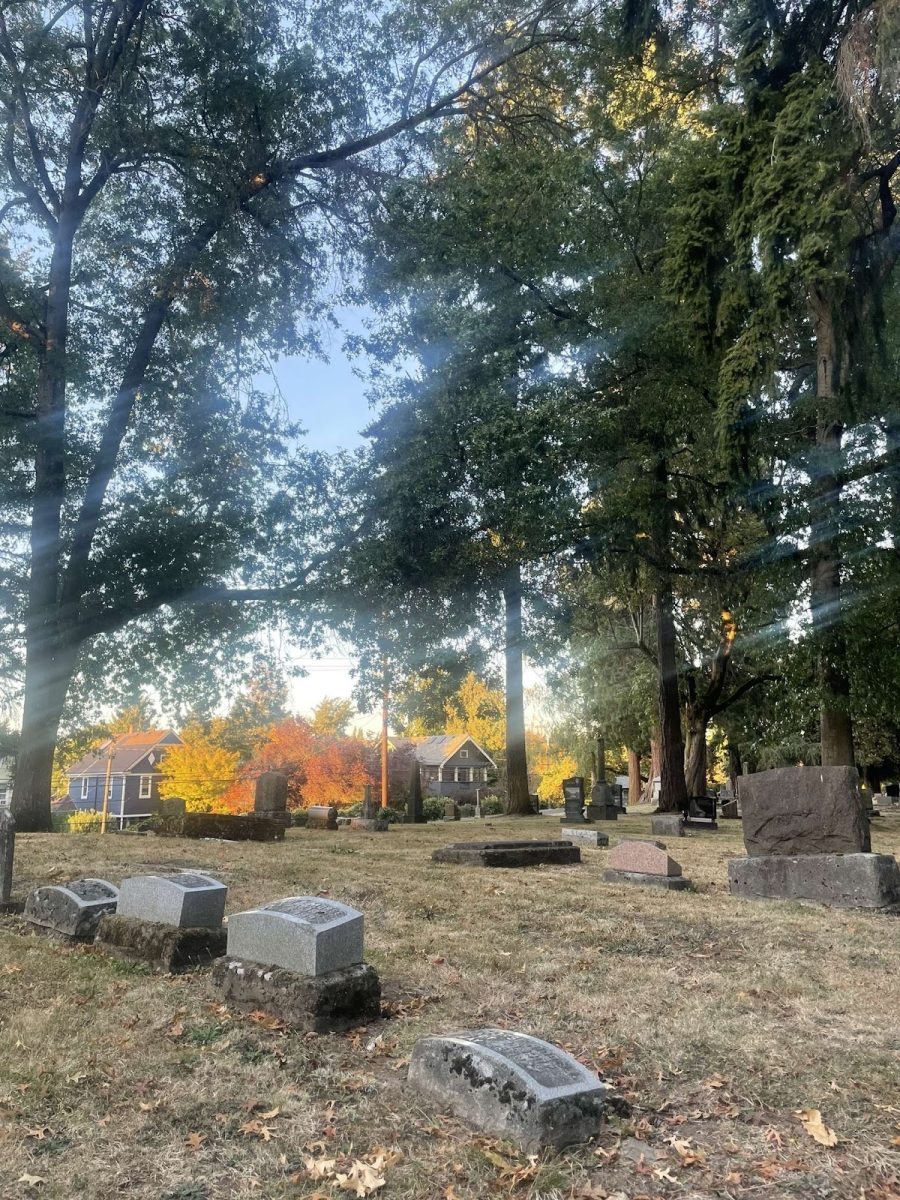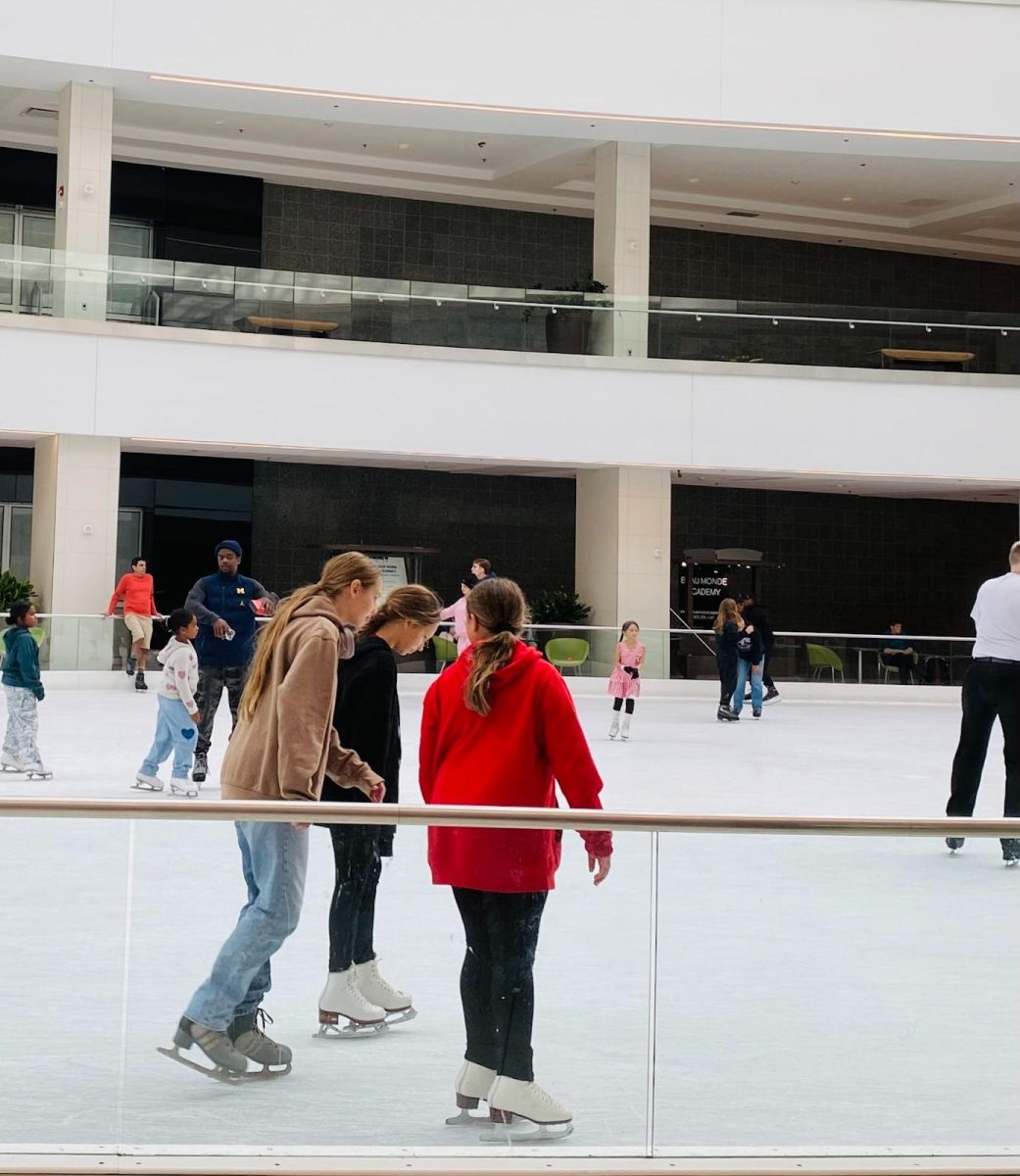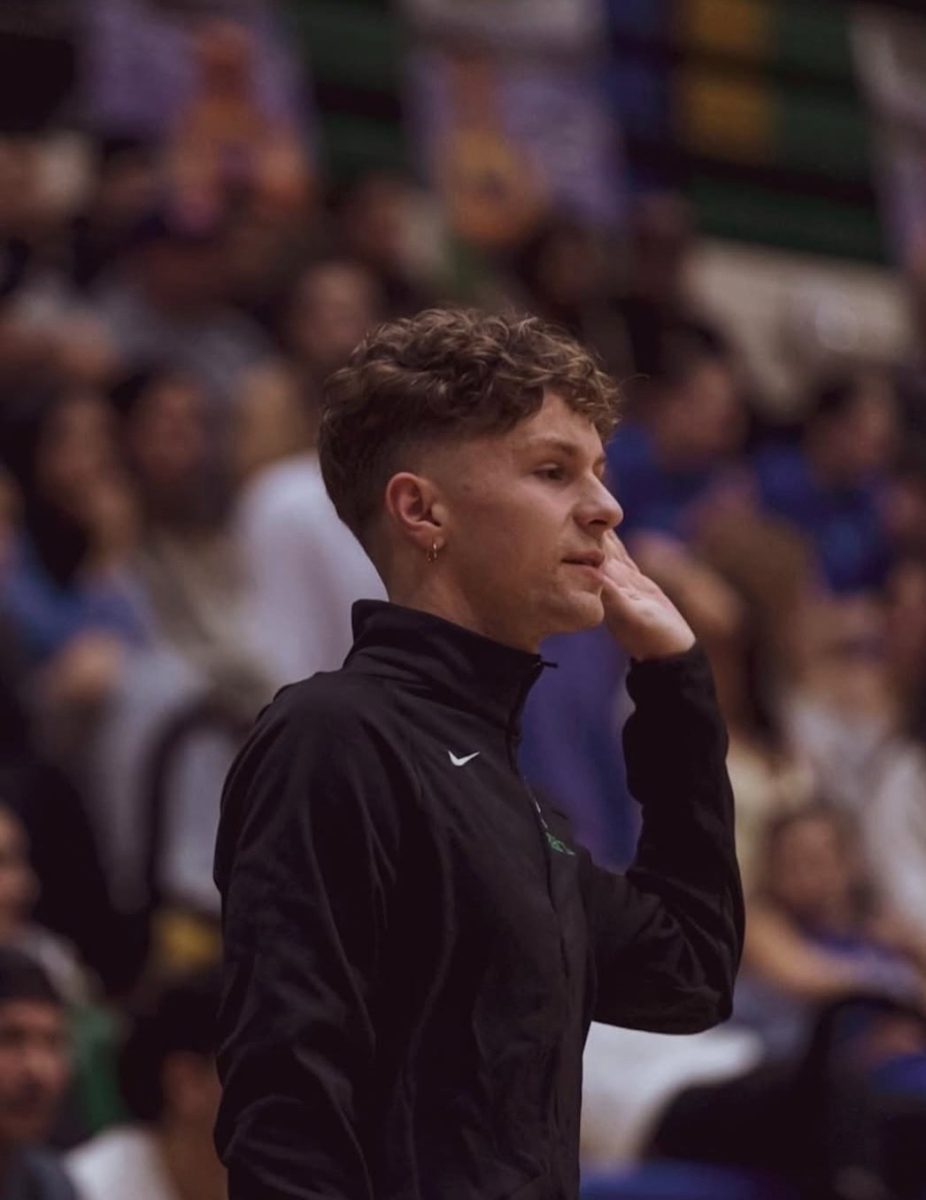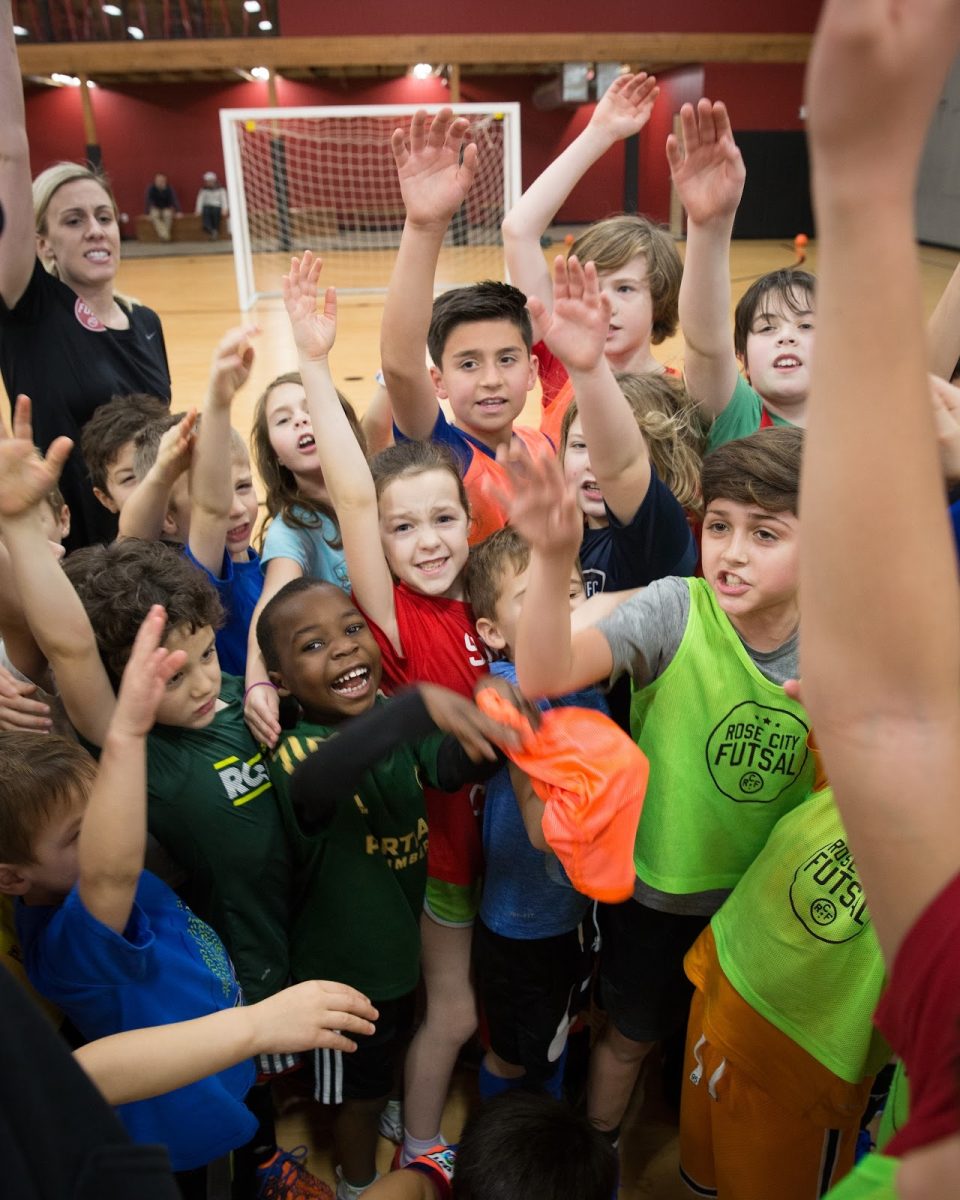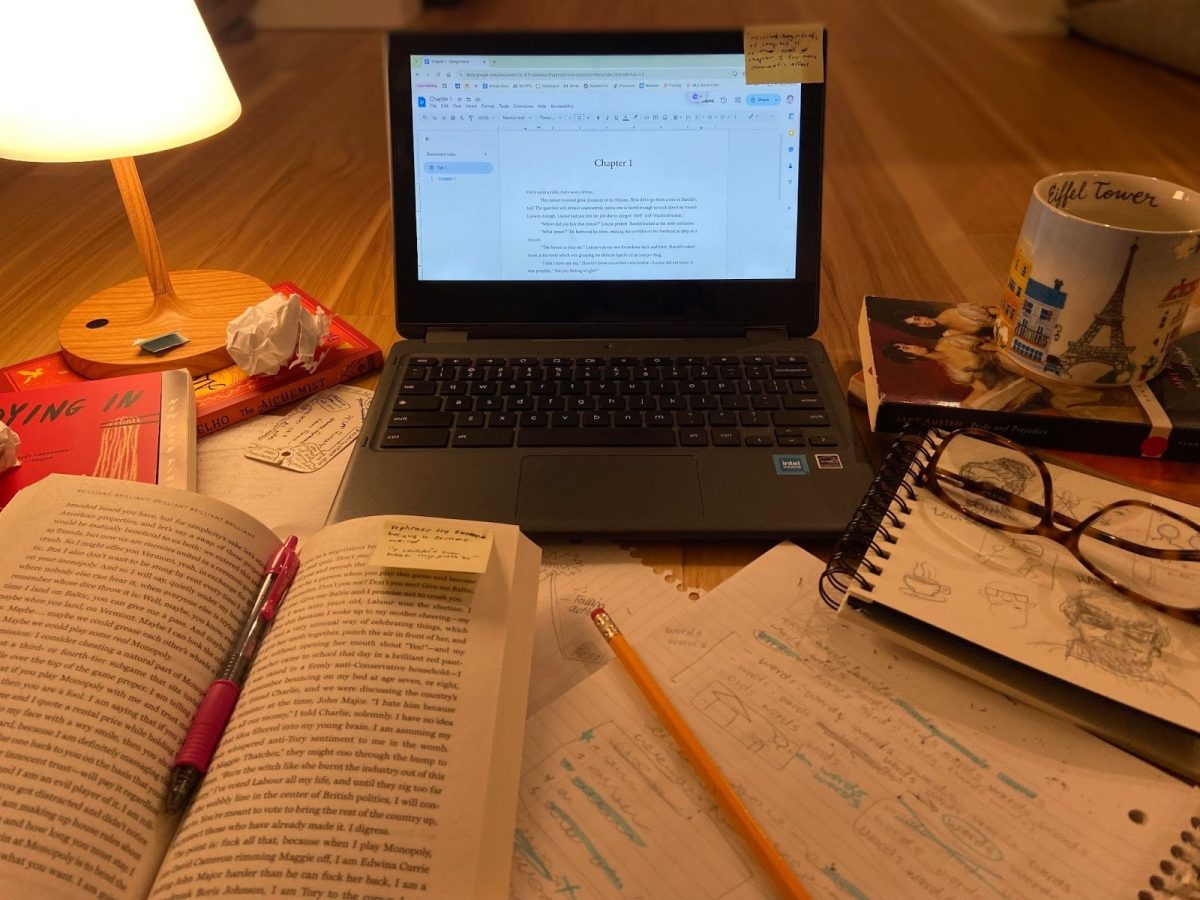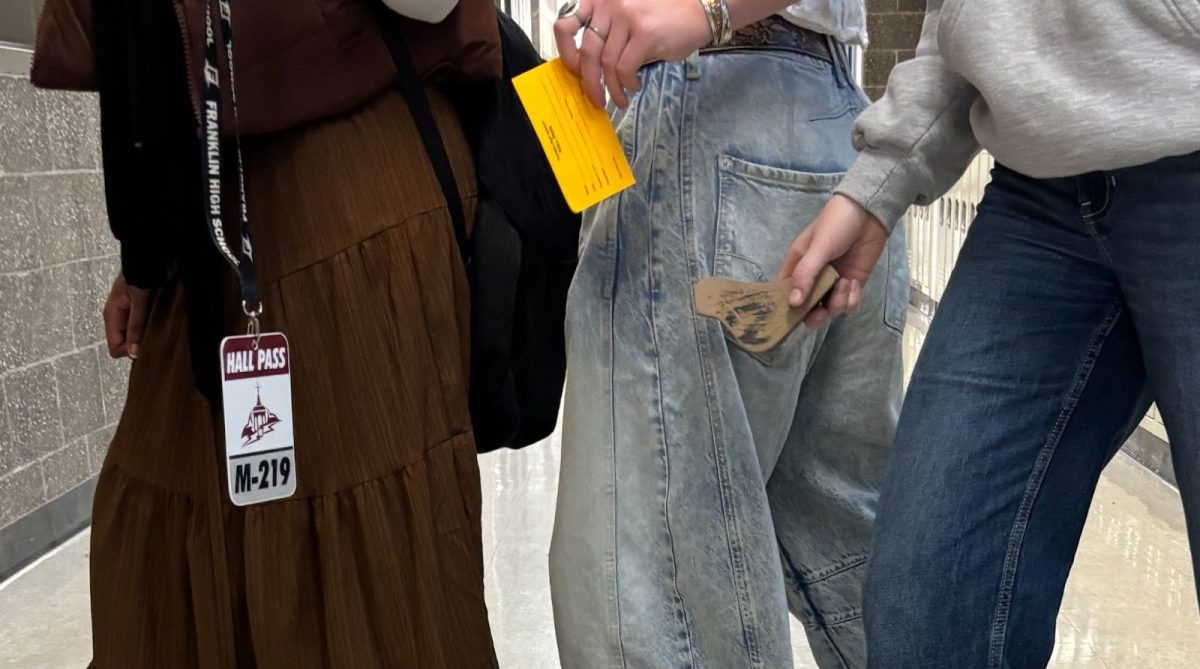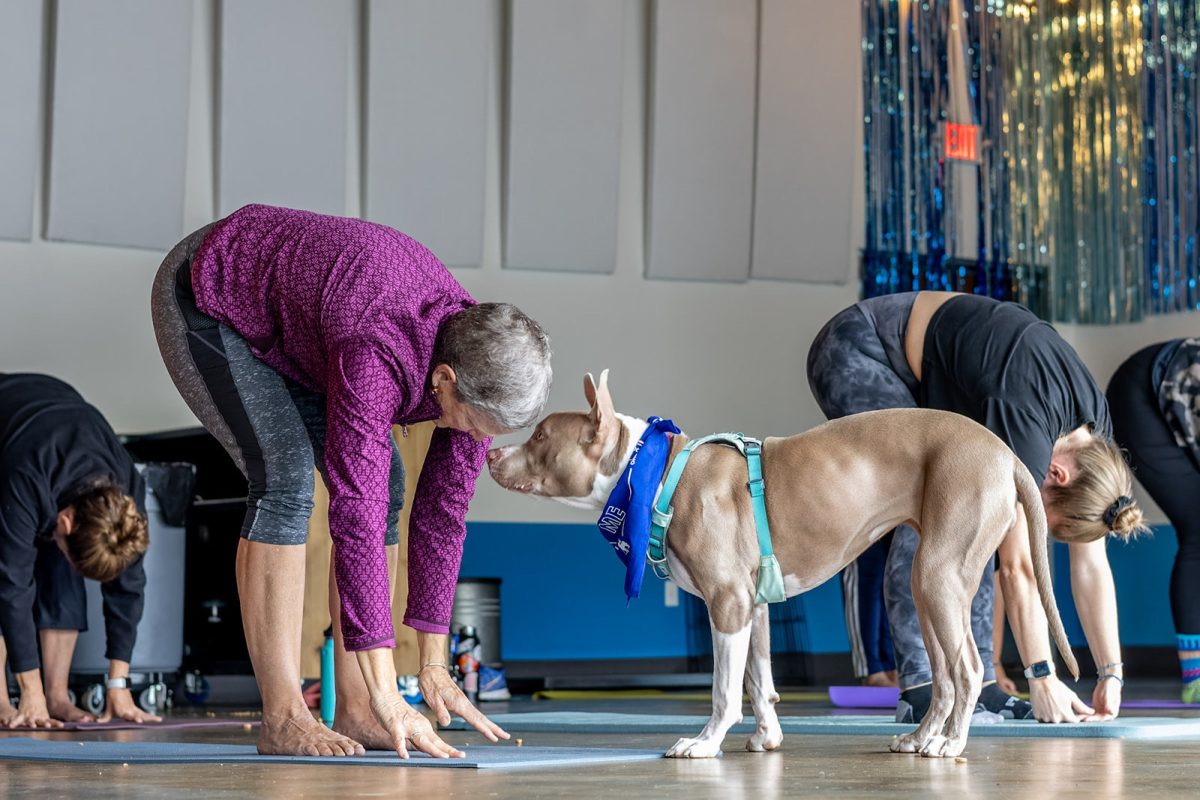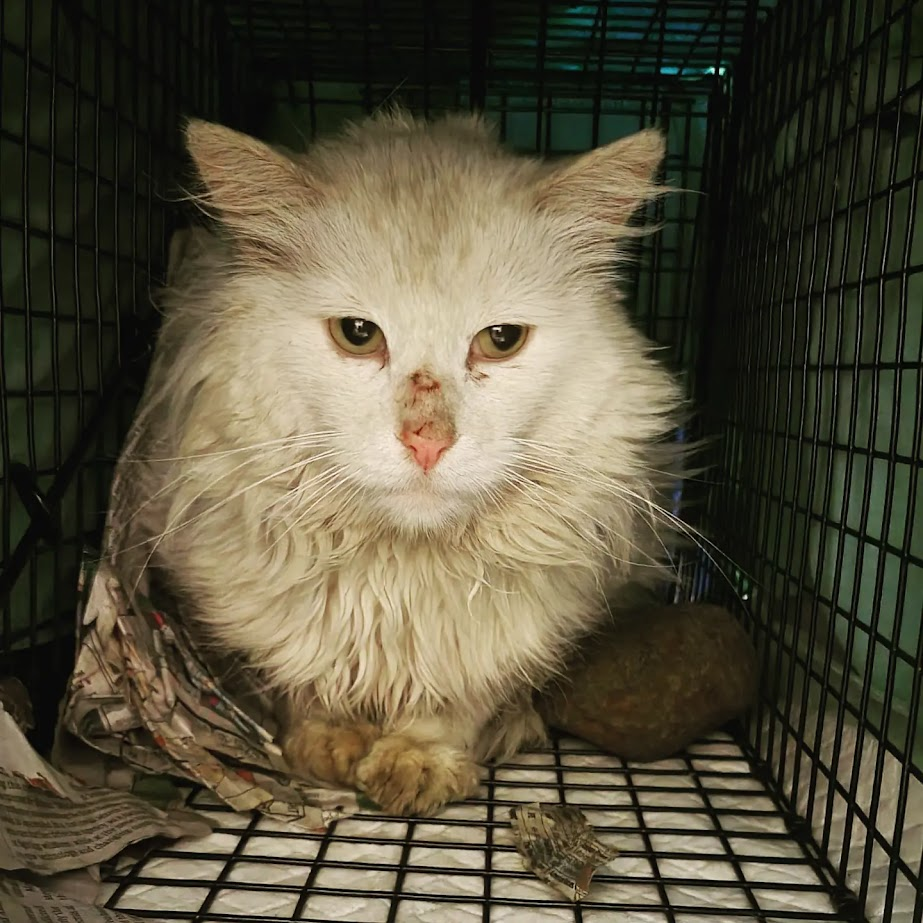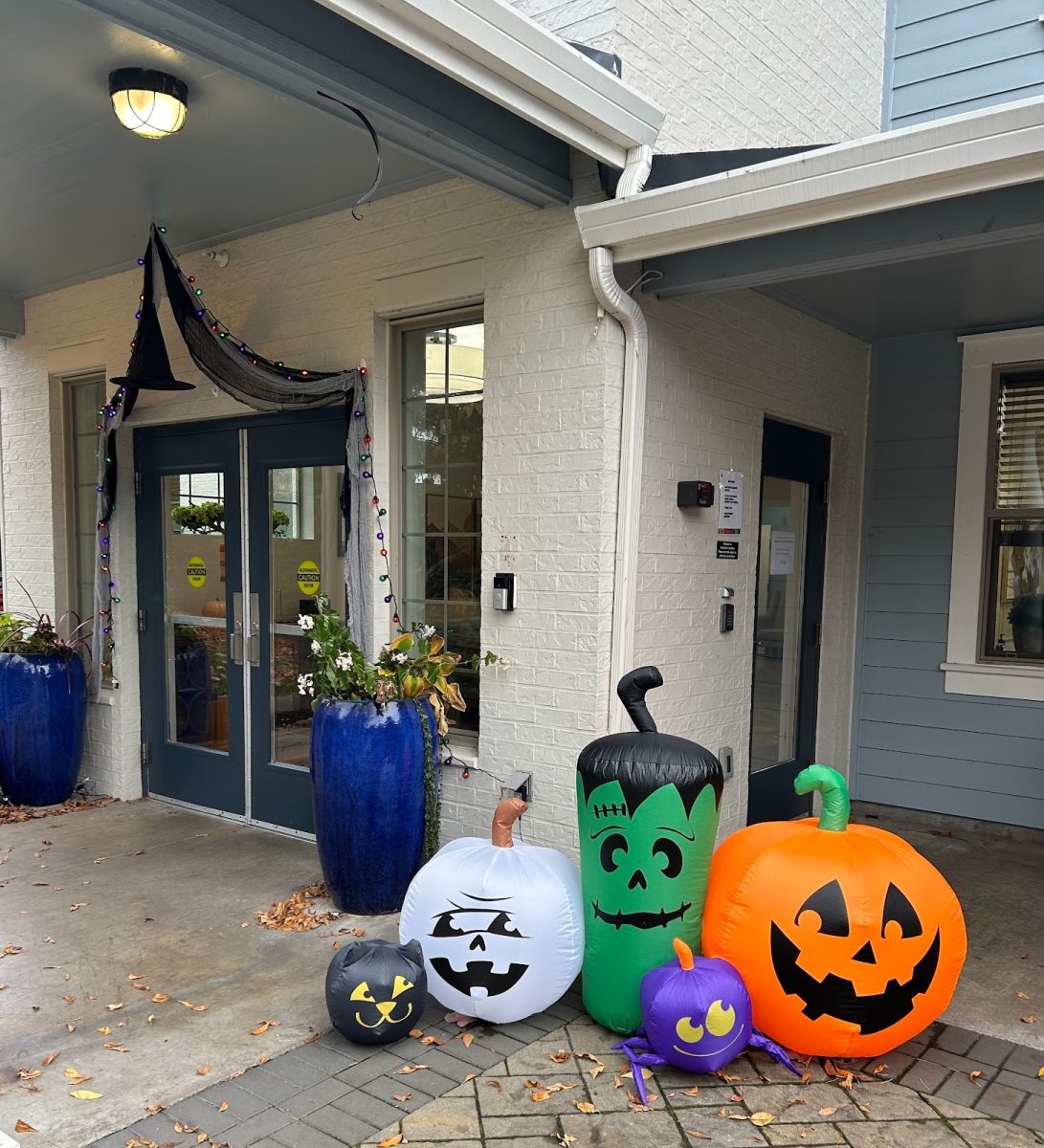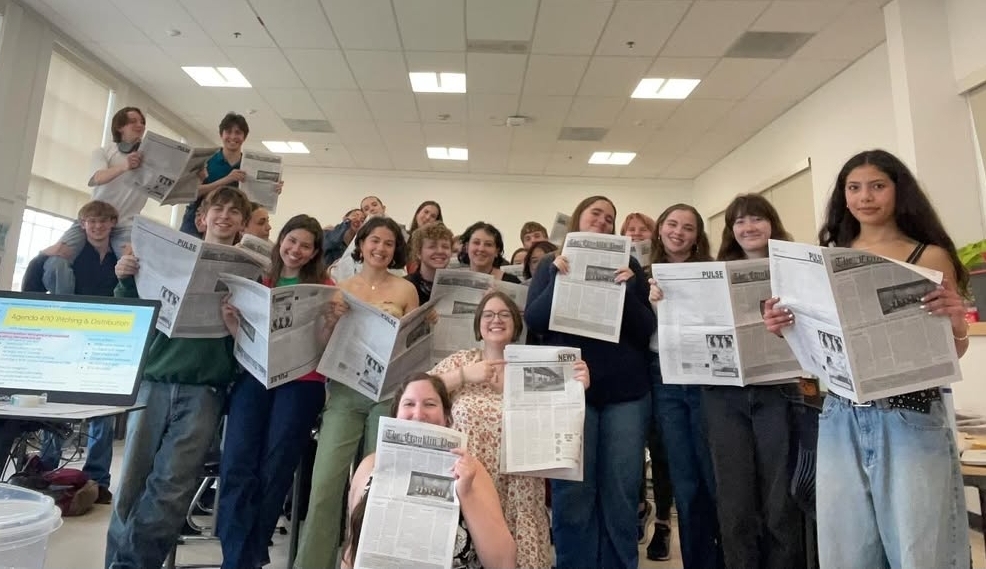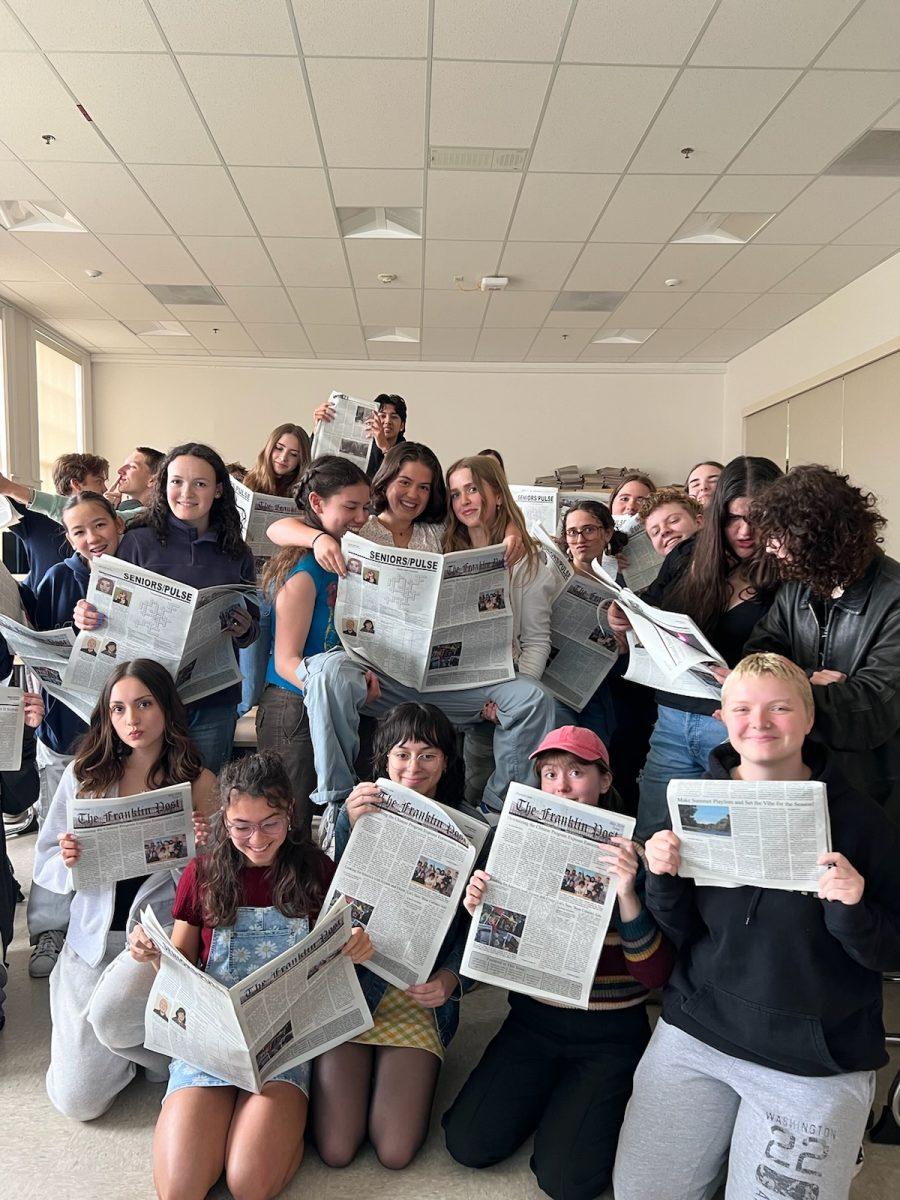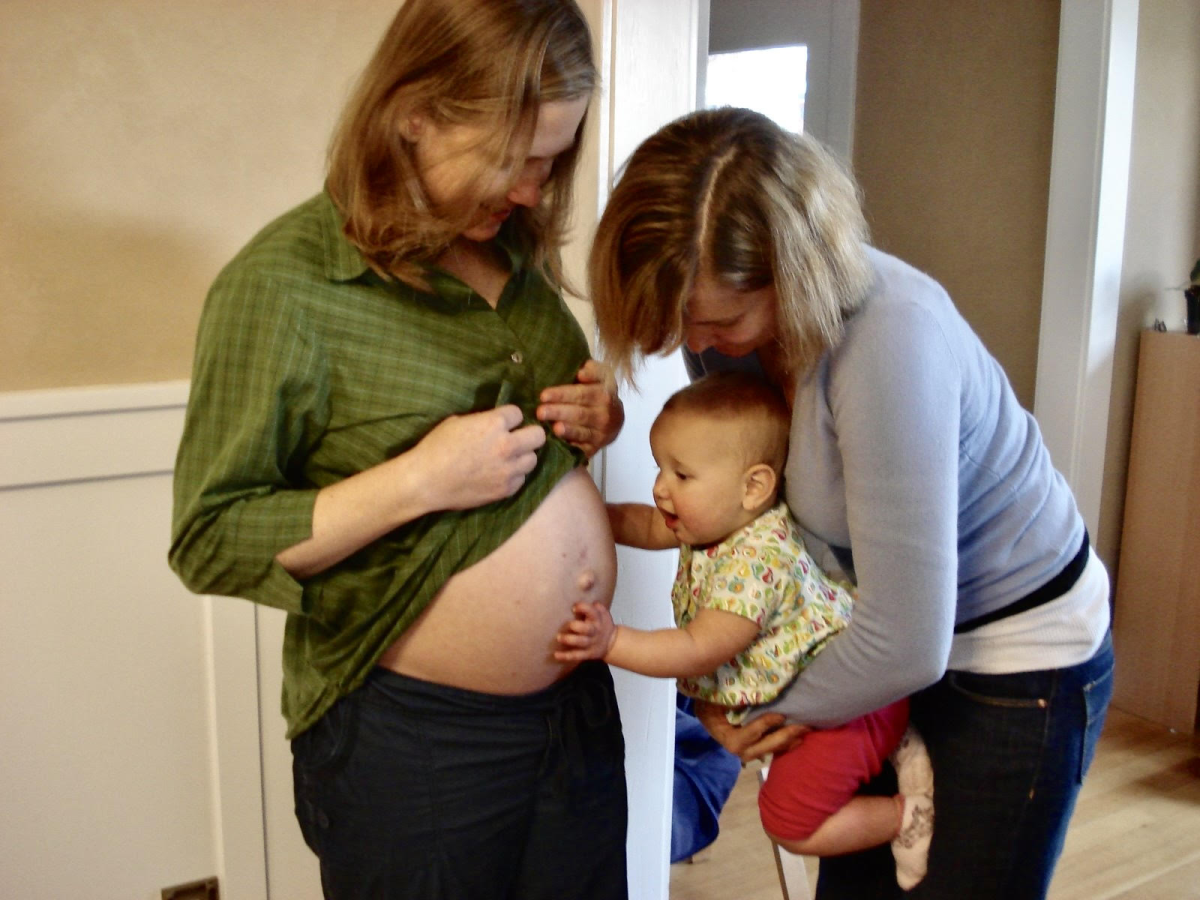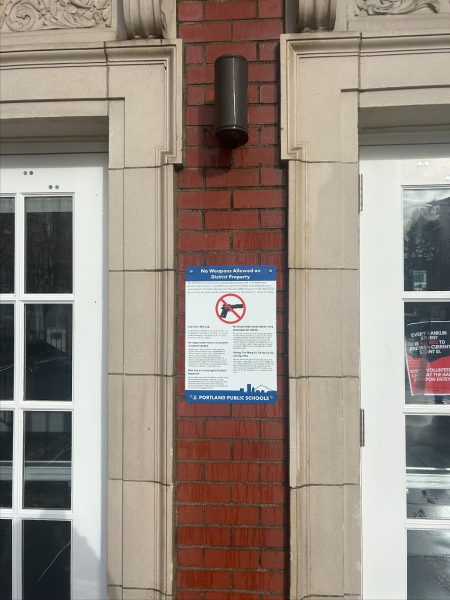
Content Warning: Gun violence and school shootings are mentioned.
On Nov. 13, 2024, there was a school-wide lockdown at Franklin. Five minutes after it started, I was huddled in the corner of my classroom, praying I wouldn’t hear bullets. My phone was buzzing in my lap, rumors stirring from person to person, the worst game of “Telephone” imaginable. 10 minutes passed before it was over. Someone opened the door, muttering an “all clear,” and my teacher turned the lights back on. We went right back to our regularly scheduled programming. The pit of dread in my stomach remained. The intercom buzzed, and someone announced that the lockdown was over.
We’d find out later that day that a student had brought and pulled out an Airsoft gun — which fires plastic bullets — on campus. The student was promptly taken into custody. The reality is, that could’ve been the worst-case scenario.
For quite some time after the lockdown, students had no information, no reassurance, only given a small “thank you” over the intercom. How is this the response? How are we supposed to have confidence in our safety if we are not told what might cause us harm? After the incident, two emails were sent out, one at 9:55 a.m. stating that a lockdown happened, and one at 10:45 a.m., explaining the incident in full.
After the incident on Nov. 13, I spoke to Franklin’s Principal, Dr. Zulema Naegele. When asked what the response would be for students and families who felt frustrated with the after-the-fact and limited communication regarding situations like Nov. 13, Naegele moved to reassure students. She said she and the rest of the administration “are always doing [their] best to communicate as much as [they] can with families and students regarding any situation.” She acknowledged the untimely matter of the release of information with previous situations, stating, “It’s always something we can improve on and solve … to make sure that both staff get information in a timely manner, as well as the rest of the community.” During the interview, it was clear that Naegele felt strongly about the state of safety at Franklin, and it was clear to me that the administration is committed to improving our preparedness.
Even before the incident, gun violence was at the forefront of community members’ minds. As the U.S. moves into a new era after the 2024 election, students of all ages are finding themselves worried about school safety. President-elect Donald Trump has historically advocated against limitations on firearms. During his presidency, he froze a federal rule that would have prohibited people who are mentally ill and who met certain criteria from purchasing firearms. In addition, he instructed the FBI to narrow the definition of a “fugitive from justice” which expanded eligibility for convicted criminals to buy a gun, according to Democracy Forward. CNN reports that as of Nov. 11, there have been 76 school shootings in the U.S. this year. We also cannot ignore the impacts of gun violence in our own SE Portland community. There are staff and students in this building who have lost people to gun violence. Franklin itself has lost numerous students and alumni to this epidemic.
I spoke to Rebecca Hawk, a core middle school teacher at Sunnyside Environmental School (SES), on handling the subject of safety in middle schools. She explained, “I think it is important to talk about how mental health and community building do help make us safer. This gives students a sense of agency, like including others, checking in on people, [and] reaching out if they are worried about themselves or others.” SES is a K-8 school, which means more students and less room to situate them. As far as mental health resources go, SES is “extremely understaffed.” according to Hawk. “We only have a [part-time] school counselor for our whole middle school. We don’t have a social worker at all. [It] is insufficient.”
A K-8 school creates a clear space for community, and I believe that in middle school, that community can become too small for maturing students. “We do our best to build relationships with students and to build a true sense of community,” Hawk asserted, “I believe our best chance is sufficient school staffing so that every student is truly known, needs are met, and community is built.”
Because students become more aware of threats in middle school, there is a gray area when it comes to the seriousness surrounding school safety. “Trying to communicate the importance of practicing the drill with complete silence without scaring kids is really challenging,” explained Sara Martins, a dance director at Da Vinci Middle School. Martins added that some students are even dismissive towards the possibility of an active shooter emergency, showing clear areas for growth in maturity. When having discussions with students, Martins tries to be as open as possible without sharing unnecessary information, aiming to “be really succinct and clear about how to handle different scenarios, or what the safest response [to an emergency] would be.”
I believe it is crucial that teachers and students be honest with each other about their concerns regarding school safety. The worst part about fearing emergencies is when we fear them in isolation, without support. For many, fear sprouts from the idea that things are out of their control. The response to fear shouldn’t be informal; it should ease anxiety, especially with teenagers and children. If a child is scared, one shouldn’t dismiss their fear with flimsy explanations; the response should be gentle and aware of their concern, no matter how small it may seem. This should not be treated as “business as usual.”
In all, when preparing for emergencies, there should be an abundance of mental health support, and staff must acknowledge the difference between life and less-threatening emergencies. There’s no excuse for dismissal when it comes to this subject, and conversations need to be had, no matter how uncomfortable they can be. Our sense of community at Franklin is strong, and it is of the utmost importance we keep it that way. The first steps to restoring faith in our safety are to address student fear, acknowledge students’ and families’ concerns, and move forward with an emphasis on communication and reassurance.
